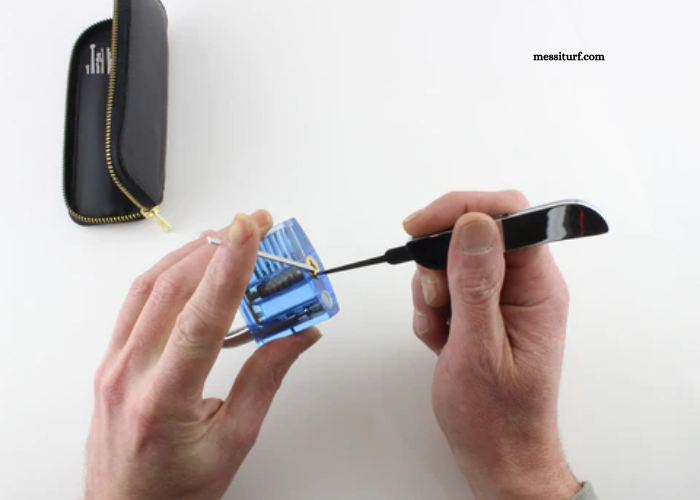For many, the idea of lock picking conjures images of spies in movies deftly bypassing a lock to save the day. However, beyond its portrayal in popular culture, this skill is a fascinating hobby and a useful tool for those interested in understanding how locks work. As a beginner looking to master the art of lock picking, it’s crucial to approach it with patience, the right knowledge, and a respect for privacy and legality.
Understanding the Basics of How Locks Work
Before diving into the techniques, understanding the basic mechanics of a lock is essential. Most locks, especially the common pin tumbler locks, consist of a series of pins that must be aligned at the correct height to allow the lock to turn. Getting a feel for these inner workings is the first step towards proficiency in this art. It’s similar to learning the alphabet before attempting to write. Each lock is like a puzzle, and understanding its components is like knowing the rules of the game.
Essential Tools for the Novice
No craftsman can work without tools, and the same goes for this skill. A basic set of tools includes tension wrenches and a variety of picks. The tension wrench is used to apply a slight torque to the lock, while picks are used to manipulate the pins. As you progress, you’ll learn which tools work best for different locks, but starting with a basic set is advisable. Remember, the quality of your tools can make a significant difference. However, it’s not just about having the tools but also about knowing how to use them effectively.
Developing the Feel: Practice Makes Perfect
Like playing a musical instrument, this art requires developing a certain ‘feel’. This means getting accustomed to the amount of pressure needed on the tension wrench and the sensation of pins setting in place. The only way to develop this sense is through consistent practice. Start with simpler locks and gradually challenge yourself with more complex ones as you improve. It’s not uncommon for beginners to spend hours on a single lock before experiencing that satisfying click. Embrace the challenge and learn from each attempt.
The Importance of Patience and Observation
Patience is a virtue, especially in this craft. It’s not always a quick process, and rushing can lead to mistakes. Observation is equally important; often, the way a lock behaves can give you clues about how to approach it. Being observant and patient will significantly improve your skills. Treat each lock as a unique challenge and take your time to understand its quirks. Sometimes, taking a break and returning with a fresh perspective can make all the difference.
Legal and Ethical Considerations
It’s crucial to be aware of the legal and ethical considerations. Never practice on a lock you don’t own or have explicit permission to pick. Remember, this skill should be about understanding and hobby, not about bypassing security without consent. In some places, possessing the tools without proper licensing can be illegal. Always research and adhere to your local laws. Your intention might be pure, but it’s essential to respect privacy and legality in every aspect.
Conclusion
Lock picking, when approached with the right mindset and respect, can be a rewarding and fascinating skill to learn. Practicing patience and ethical behavior are the keys to mastering this art. Start with the basics, equip yourself with the essential tools, and enter the intriguing field of locks and keys. Every lock you encounter is a new learning opportunity, a chance to refine your skills and deepen your understanding of this captivating craft.




